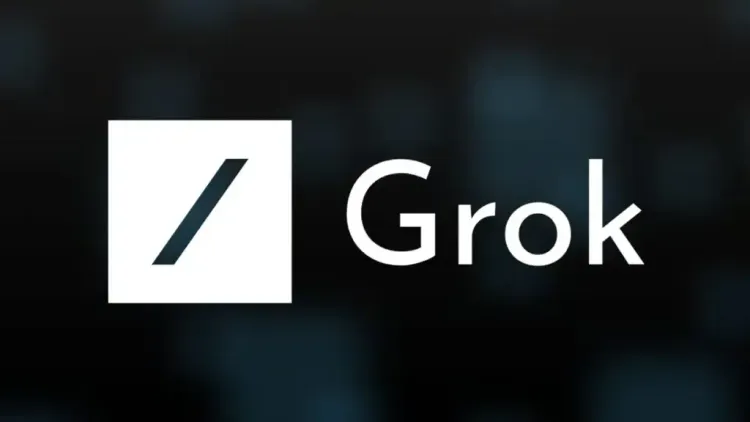Musk's Grok-3 Surpasses Chinese DeepSeek AI: Analysis

Synopsis
Key Takeaways
- Grok-3 utilizes 200,000 NVIDIA H100s for performance.
- DeepSeek-R1 achieves similar results with only 2,000 GPUs.
- Grok-3 represents significant computational investment.
- DeepSeek-R1 highlights algorithmic ingenuity and efficiency.
- Both models lead in AI capabilities despite different approaches.
New Delhi, April 5 (NationPress) As the competition in artificial intelligence (AI) heats up, Grok, developed by Elon Musk, and the Chinese DeepSeek models are emerging as leaders in AI capabilities. One is designed for accessibility and efficiency, while the other focuses on brute-force scale, according to a recent report.
Grok-3 signifies uncompromising scale, utilizing 200,000 NVIDIA H100s to pursue cutting-edge advancements. In contrast, DeepSeek-R1 achieves comparable performance with significantly less computational power, showcasing that innovative architecture can match brute-force approaches, as found by Counterpoint Research.
Since February, DeepSeek has gained international attention by open-sourcing its primary reasoning model, DeepSeek-R1, which delivers performance rivaling the world’s top reasoning models.
“What differentiates it is not only its superior capabilities but also its training with just 2,000 NVIDIA H800 GPUs — a more compact, export-compliant alternative to the H100, marking its success as a lesson in efficiency,” stated Wei Sun, principal analyst in AI at Counterpoint.
Musk’s xAI has introduced Grok-3, its most advanced model to date, which slightly exceeds DeepSeek-R1, OpenAI’s GPT-o1, and Google’s Gemini 2 in performance.
“Unlike DeepSeek-R1, Grok-3 is proprietary and was developed using an astounding 200,000 H100 GPUs on xAI’s supercomputer Colossus, representing a monumental advancement in computational capacity,” Sun explained.
Grok-3 exemplifies the brute-force strategy — massive computational scale (representing billions of dollars in GPU expenses) driving slight performance enhancements. This approach is feasible only for the richest tech corporations or governments.
“In contrast, DeepSeek-R1 illustrates the effectiveness of algorithmic creativity by utilizing methods like Mixture-of-Experts (MoE) and reinforcement learning for reasoning, along with carefully curated, high-quality data, to attain similar outcomes with minimal computational resources,” Sun elaborated.
Grok-3 demonstrates that deploying 100 times more GPUs can result in modest performance improvements swiftly. However, it also accentuates the rapidly diminishing returns on investment (ROI), as most real-world applications experience limited advantages from incremental enhancements.
Ultimately, DeepSeek-R1 focuses on achieving elite performance with minimal hardware requirements, while Grok-3 pursues boundary-pushing through any necessary computational means, according to the report.









